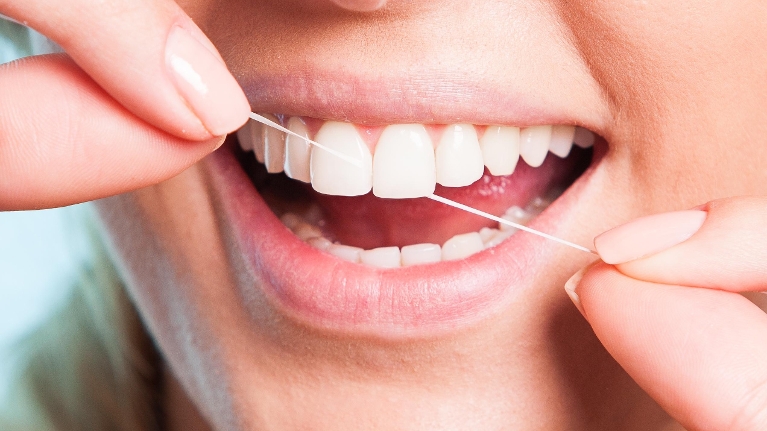Crown Your Teeth

Considering having one or more dental crowns, would you want more information on the many advantages of selecting this dental restoration option? If you think having dental crowns in Sydney puts over one or more of your teeth, that has probably been damaged somehow. As a result, they desperately need replenishment to become powerful again. So proud of you for taking the initiative to maintain your excellent dental health! You must do all to ensure that you retain every tooth in your mouth for as long as possible. This is because they are intended to endure a lifetime.
Dental crowns are well-known in Sydney for their ability to create beautiful smiles, but they are capable of much more. Dental caps are utilised for smile makeovers and to restore teeth that would otherwise have to be removed. Dentists and patients in Sydney also choose crowns as they are durable compared to other aesthetic and therapeutic dental procedures available.
What are the advantages of getting dental crowns?
Dental crowns in Sydney provide several advantages over other types of restorations. It distinguishes them as one of the most popular therapeutic choices available to individuals today. Here are just a handful of the advantages:
They can save a badly damaged tooth.
Trauma, stress, and dental decay all have the potential to cause damage to the outer tooth. When a tooth becomes weak and damaged, a dentist has two options: extraction or filling. The tooth extraction or a dental crown must be placed on it to preserve it.
It is possible to salvage a damaged tooth by having it cleaned and filed in preparation for a crown, but this is not recommended. As soon as the dentist in Sydney places the crown on top of the tooth, it strengthens the tooth and functions just as well as a healthy tooth. After the procedure, the patient can function their tooth fully.
They prevent a dead tooth from crumbling into pieces.
Pulpitis is a term used to describe an infection of the tooth pulp. Irreversible pulpitis is a condition that does not go away. It is responsible for the demise of the inner tooth.
A dentist in Sydney performs a root canal to cure irreversible pulpitis by removing the diseased pulp from the tooth. After completing this procedure, the dentist will have two options for restoring the tooth.
The first procedure is to use a filling to protect the tooth from further damage. The second and preferable method is to cover the tooth with a crown after filling it with filling material.
A crown is required for a dead tooth, particularly a molar, to prevent it from splitting into pieces.
They provide the most effective protection for teeth that have a history of tooth decay.
A tooth that has been diagnosed with dental decay on more than one occasion is a good candidate for a porcelain dental crown. An alternative to utilising a filling or a dental inlay is for a dentist to place a dental cap over a troublesome tooth to prevent further damage.
The cap will completely encircle the tooth, forming a protective barrier between the susceptible tooth and the rest of the mouth and its surroundings. The barrier will prevent potentially dangerous germs, acids, sugars, and starch from getting into touch with the tooth\’s structure.
They are a cosmetic treatment used in many different situations.
Dental caps may be used to treat a variety of dental flaws. They are used to conceal crooked, chipped, or discoloured teeth. A dentist may also use crowns to help you achieve a more even grin.
Crowns also help to bridge gaps between teeth by encasing little teeth and enlarging them in the process. As a result, crowns are the aesthetic treatment of many dentists.
The majority of them are permanent.
When used as dental restorations, crowns are superior to fillings, inlays, and onlays in terms of strength and durability. Crowns are the most dependable and long-lasting alternative available to patients compared to other aesthetic procedures. They even exceed veneers and tooth bonding when it comes to aesthetics.
They help to make teeth stronger.
A dental crown fully encircles and protects a tooth. This restores the strength of a weak tooth, allowing it to continue performing the task it was designed to accomplish without fear of being further harmed. Crowns may also assist in protecting a tooth from future deterioration, which can cause severe harm to the tooth. As a result, they are a typical restorative technique performed after someone has had root canal therapy.
They improve the appearance of smiling.
A dental crown may be used to conceal a variety of dental flaws, such as discoloured or chipped teeth. A crown may be designed to match the colour of the rest of the teeth, giving a smile a more natural appearance and making it more pleasant to look at. Crowns constructed of porcelain materials are stain-resistant, and as a result, they are a popular option for those who wish to improve their smile.






